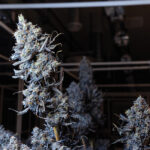Features
Pineapple Buds: A craft cannabis oasis
Published on July 22, 2022 by David Wylie
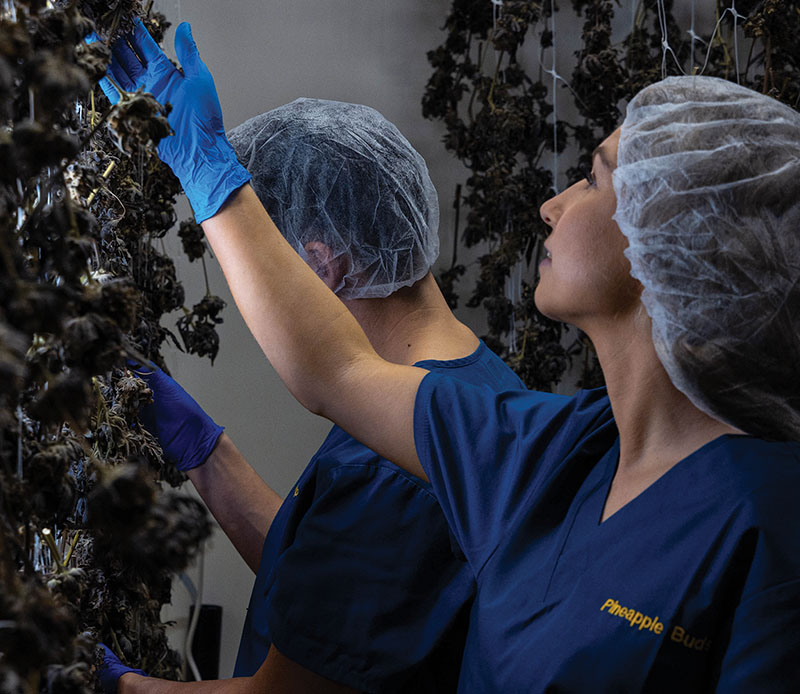 Photo: Mason Klein/the oz.
Photo: Mason Klein/the oz. From wallpaper that’s on theme to the story behind the name, Pineapple Buds has a charming personality.
The couple behind the scenes, Kyra Horvath and Laine Keyes, have been together way back from growing in barns to their 10,000-square-foot deep-water commercial cannabis space located in the wine capital of BC. With farmgate on the horizon, Pineapple Buds is in the right place at the right time.
We featured Pineapple Buds as the cover story in the Spring Edition of the oz. magazine.
An oasis in a desert landscape, Pineapple Buds has been growing sweet craft cannabis using flowing water in the arid landscape of southern BC.
Founders Kyra Horvath and Laine Keyes have set up a commercial deep-water growing system in the South Okanagan to raise beautiful, colourful, sweet-smelling plants.
The couple matches in their blue scrubs with ‘Pineapple Buds’ embroidered neatly on the left chest. Their passion for the craft is evident throughout our tour of the bright and tidy facility—from the cozy office with pineapple wallpaper to the tropical environment of the mother room to the freshness of the spacious grow rooms.
They are known for tropically inspired offerings, including Pineapple Party and Hawaiian Pineapple. Popular with BC craft-minded cannabis consumers and budtenders, Pineapple Buds reaches the market through Joint Ventures’ BC Black label.
Small-town roots
Kyra grew up in a small farming community in Alberta. She moved to BC to attend a soccer academy when she was in high school. That’s where she met Laine, while attending classes with one of his brothers. “We’ve pretty much been together ever since,” she says.
After graduating high school, Kyra went back to Alberta where she majored in sociology with a minor in anthropology at the University of Calgary. She played soccer at the university until she tore her ACL playing with the University of British Columbia Okanagan in the off season.
Laine, meanwhile, is a fifth generation farmer—and a second generation cannabis grower. He also has a background playing highly competitive sports, as a forward with the BC Hockey League’s Williams Lake Timberwolves and Prince George Spruce Kings. “I was a bit of a scrappy individual,” he laughs.
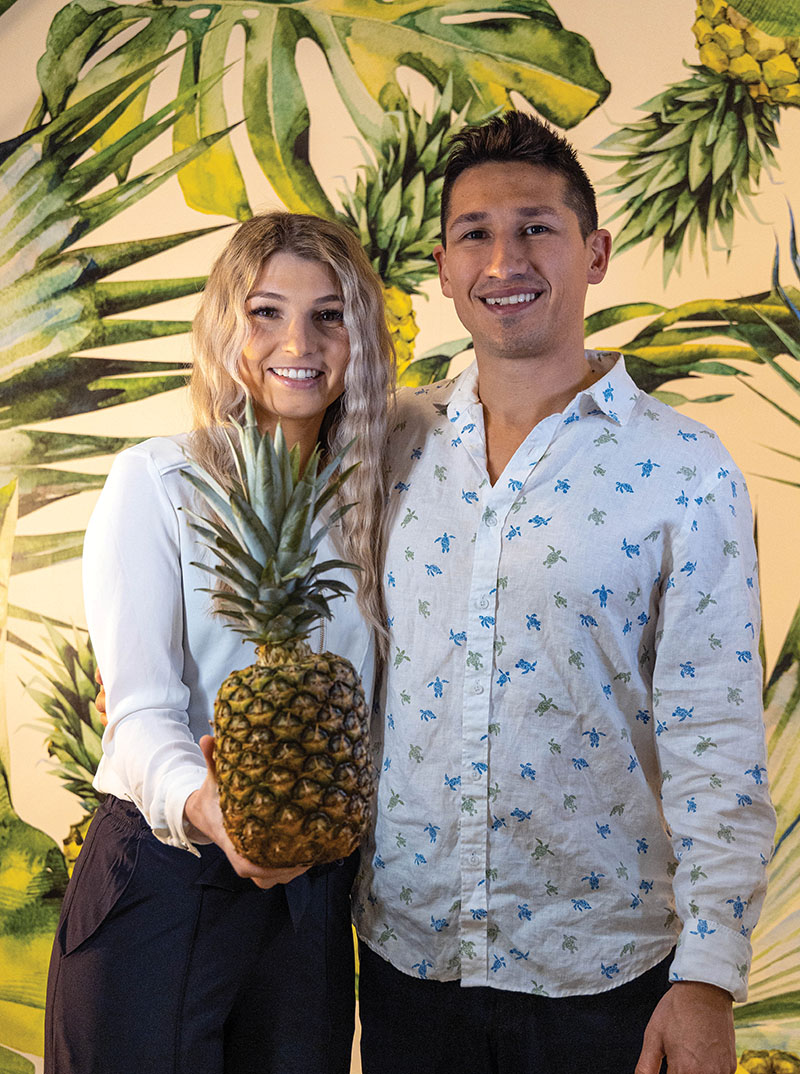 Photo: Mason Klein/the oz.
Photo: Mason Klein/the oz. When Laine was 19, he stopped playing hockey.
Family changes meant his mom was going to be by herself on their farm in the Shuswap. Laine went to work on the Alberta oil rigs for six months, but he soon decided it made the most sense to be back home to find ways to keep the farm going. Laine and his two brothers have since grown the property into the Turtle Valley Bison Ranch. There are about 50 bison on the ranch now.
In the mid-2010s, during his young 20s, Laine spent four intensive years learning about cannabis and growing techniques. Kush strains were popular at the time, and Laine grew purple Kush and Pink Kush, as well as Green Crack,
BC God Bud, Sweet Tooth (which is an orange looking flower), and Silver Haze.
“My mom started with some outdoor plants,” he said. “When I got introduced to the cannabis space there were medical licences available so you could grow for patients.
I ended up getting about six different patients that I was growing for. I started in a chicken coop, the first growing facility. Then as opportunities happened, moved up to a barn and got out of the chicken coop. I’ve definitely evolved with the space,” says Laine.
When Kyra arrived on the farm, they were using two barns—one on Laine’s property and another barn on his grandpa’s property.
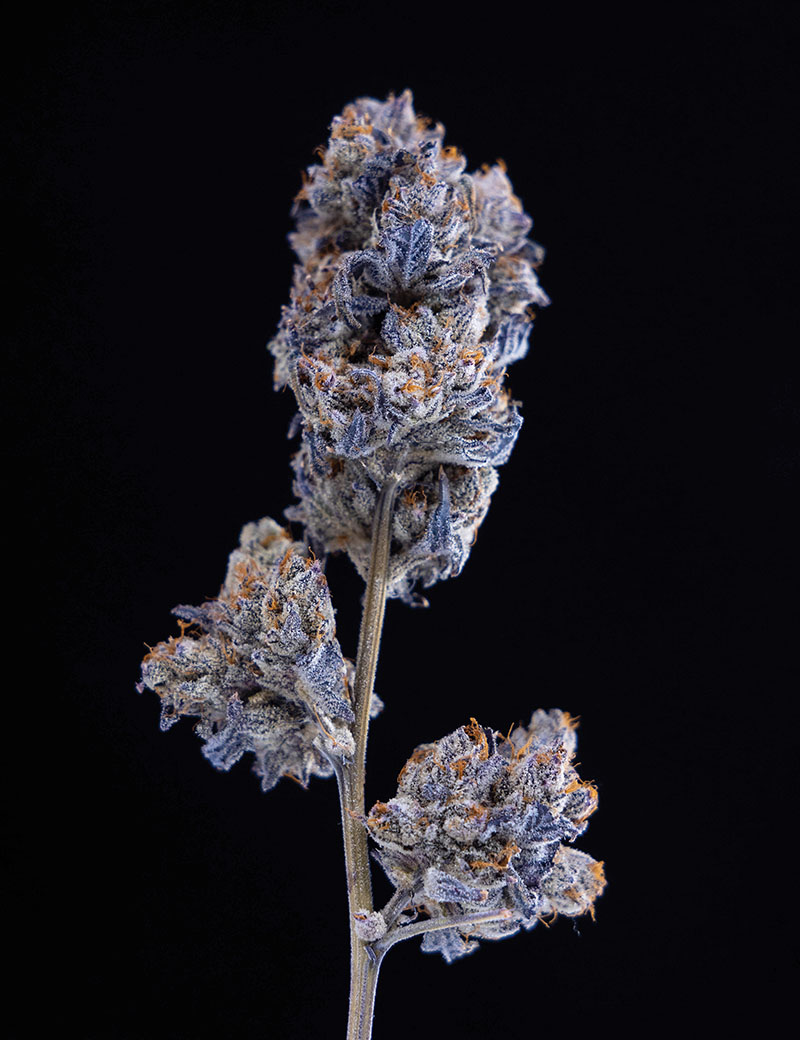 Photo: Mason Klein/the oz.
Photo: Mason Klein/the oz. A variety of photos from our tour of Pineapple Buds.
When Kyra finished university, Laine invited her to move to the farm where he introduced her to the cannabis space.
She has thrived. Still, as a female master grower, Kyra says it’s not always easy to be taken seriously. “We’re in a very male dominated industry. There’s a little bit more that you need to prove. Myself, I love to take on a challenge and Laine has always been a really good support,” she says. “For any other females who out there looking to take on master grower roles, I would say there are a lot of opportunities out there and they should do it.”
Laine says he’s found in his 11 years in the space that women are much more gentle and caring for the most part.
“The ladies treat the plants much nicer than we do,” he adds.
When recreational cannabis was legalized in 2018, the couple knew they wanted to be part of it and went in search of the right spot to plant roots.
Wine to weed
Pineapple Buds is located on the Osoyoos Indian Band in Oliver, beside the District Wine Village. The 10,000-square-foot facility has triangular and rectangular patterns of yellow and blue.
“It was a shell building that was originally used for wine storage. Another cannabis company had ended up taking over the building, but they were from Toronto and they were liquifying some of their assets so the building became available. I went and looked at it. Right after I saw it, I knew that it was perfect for us. It was just a matter of constructing the inside to fit a cannabis facility,” says Kyra.
Inside, they have 5,000 square feet of flowering space. The commercial deep water culture system they use is “night and day” compared to growing on the farm, especially when it comes to cleanliness. In deep water culture, plant roots go directly into water, which circulates through the system. Water is supplemented with essential nutrients.
They currently have two flowering rooms and one genetics room.
While they could cram 900 plants to grow in one room, they’re finding they get better results by leaving space to breathe, planting fewer than 400. They’re continuing to experiment to find what number works best for their lighting coverage.
“Sometimes you find that less is more,” says Laine.
“Growing smaller, larfy buds definitely doesn’t bring you a lot of value, so making sure you’re able to get that right light penetration to preferably have all larger size buds on your plant definitely makes a big difference.”
This year, they’re testing different genetics, hoping for at least two that grow well for them and would be popular with consumers.
They’re also refining some of their cultivation techniques. While they’ve managed 80 grams per square foot, they want to grow that to 100 grams per square foot.
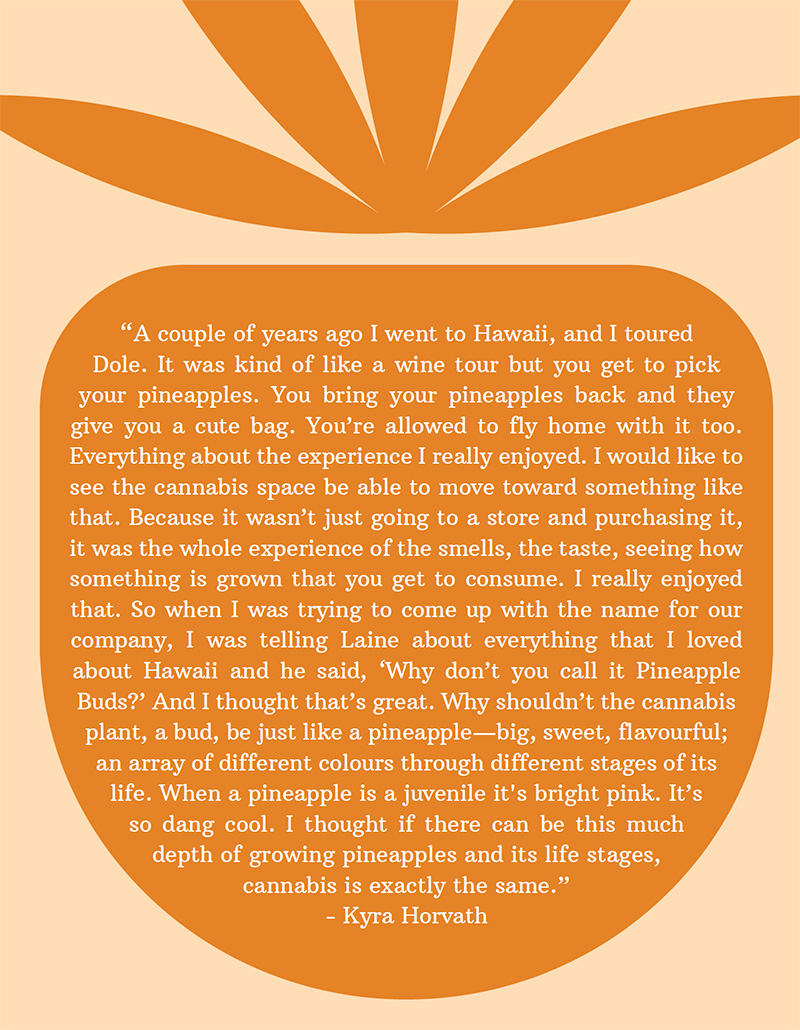 Photo: Illustration/Kristine Kalva/the oz.
Photo: Illustration/Kristine Kalva/the oz. 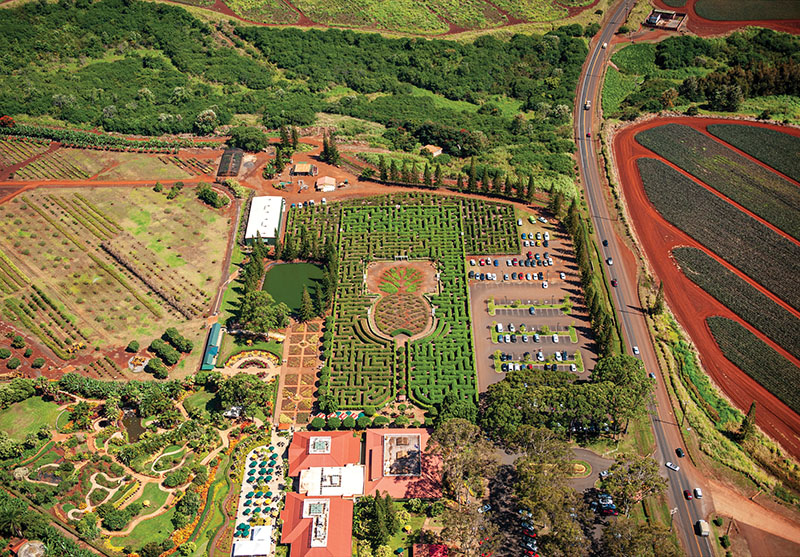
Future farmgate plans
There is about 2,500 square feet of available space that’s currently being used for storage and a lunch area.
“We wanted to leave that open for future expansion, so that could either be having a side that would be available for farmgate or that could be for developing another mother room to be able to do more genetic and phenome hunting. Or that could be for another grow room,” says Laine.
They’re currently in conversation with the OIB about future opportunities with the land, as there’s enough room to attach an expansion to the facility.
“They’re really supportive of what’s going on,” says Laine, who also has Indigenous heritage. “We would like to potentially by 2023 be looking to add four more cultivation rooms.”
As a First Nations affiliated cannabis company, Pineapple Buds has access to the federal government’s Indigenous Navigator process, which made getting their cultivation licence in 2020 through Health Canada more seamless.
“They don’t necessarily tell you what you should and shouldn’t do but they guide you in the right direction,” he says.
It was very beneficial, he says, and suggests any qualifying Indigenous-affiliated companies to try it.
Pineapple Buds plans to package under their own brand with Joint Ventures as their processor.
“If they weren’t an option, especially being a start-up micro-cultivator without a processing and sales (licence), it would have been very hard to not have to go down the road to just selling the product white-label to one of the big companies,” says Laine. “They help a lot of the smaller companies get access to the market.
It seems like the customers have definitely been enjoying a lot of those products.”
Pineapple Buds is well positioned to take advantage BC’s upcoming farmgate regulations.
“Given our unique location by the District Wine Village, we would definitely like to be able to participate in that and have farmgate sales right out of the facility,” says Kyra.
While they currently only have a cultivation licence, they are looking at bringing sales and packaging in-house by applying for sales and processing licences.
“Laine likes to go big or go home,” says Kyra.
Leave a comment on our Facebook page.
© Copyright 2022 Okanagan Z. | About the oz.
Report a Typo or Inaccuracy
We strive to avoid typos and inaccuracies. However, on occasion we make mistakes. We value your contributions and help in correcting them.
